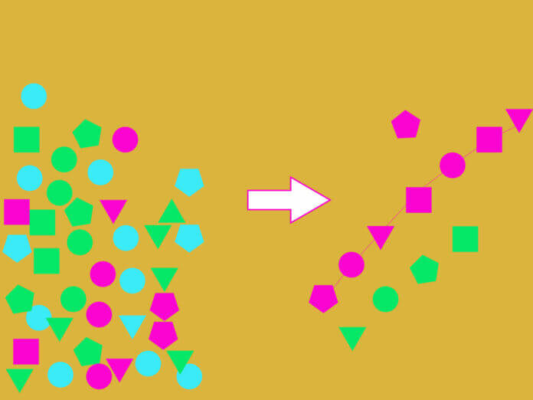

There’s an old saying in the data community: “garbage in, garbage out.” Basically, the quality of your data impacts the quality of your analysis, which ripples into your entire business operations.
Extracting accurate, actionable insights from IoT data is a key catalyst for making impactful business decisions. However, the data collected by IoT devices is messy and challenging. It comes from several sources, often in varying formats. That’s where data wrangling comes in.
Data wrangling is the process of transforming raw, unstructured data into a clean, usable form. It’s the critical stepping stone that lies between data collection and analysis — one that shouldn’t be overlooked. Here’s a high-level overview of the data-wrangling tools and techniques that can help drive accurate IoT analytics. This will help you tackle your toughest IoT challenges!
What Is Data Wrangling?
When it comes to IoT analytics, data quality is king. Analyzing unstructured data from diverse IoT sources is chaotic at best. Data wrangling aims to make that data as useful as possible. So, it isn’t just a one-time ordeal; data wrangling is an ongoing process to ensure continuous access to high-quality data.
Data wrangling can take on many forms, whether that means filtering or correcting bad data, enriching data via transformations or external sources, or restructuring data to become more digestible. Wrangling unveils relationships between data points, minimizes noise, and corrects errors, paving the way for robust analytics.
Above all, data wrangling involves several tools, which we’ll briefly go over below.
For wrangling data from a relational database (or multiple databases), SQL is the typical go-to. That’s because it’s capable of operating and merging data efficiently and scalably.
For more complex transformations — and for handling raw data not yet formatted in rows and columns — we rely on languages like Python. These languages have advanced libraries for transforming data that can be incorporated into production software.
Other use cases may benefit from other tools. Wrangling data on an edge device may require porting some of the data processing steps to embedded C. Handling large volumes of data in the cloud can be accomplished using Apache Spark.
Additionally, data wrangling is essential for building machine learning products. But, machine learning is also used in the data-wrangling process itself. Machine learning can be used to fill in missing data, detect and anonymize personally identifiable information, or link different records when merging data.
The Future of Data Wrangling in IoT Analytics
Research firm IoT Analytics reports that the number of connected IoT devices continues growing at a fast pace – with more than 16 billion devices expected by the end of 2023. As the number of IoT devices grows, the amount of data generated by these devices will also increase. With more data coming from more sources, we can expect the importance of data wrangling in IoT analytics to only increase.
Data security and privacy continue to be top of mind as well, and we can expect more of the data wrangling process to be devoted to maintaining data privacy. As regulations increase and consumers become more attuned to how their data is used, IoT analytics products will need to work harder to anonymize personally identifiable information.
As real-time applications continue to proliferate, expectations for latency between data generation and insights also continue to shrink. Because of this, an increasing number of IoT applications are pushing most or all of their computing to the edge.
In these products, all of the data-wrangling steps will occur in resource-constrained devices. Basically, this means that every bit of memory or processing must be carefully optimized. Unquestionably, we can expect the continued development of techniques and tools to wrangle data in these extreme environments.
Why Data Wrangling Necessary for IoT
As connected devices multiply across networks and businesses become increasingly reliant on IoT data, wrangling will continue to play a pivotal role in IoT analytics. In summary, data wrangling shouldn’t be considered an add-on. It’s a vital step in the process that helps make informed, accurate decisions that shape business operations and propel innovation forward.


